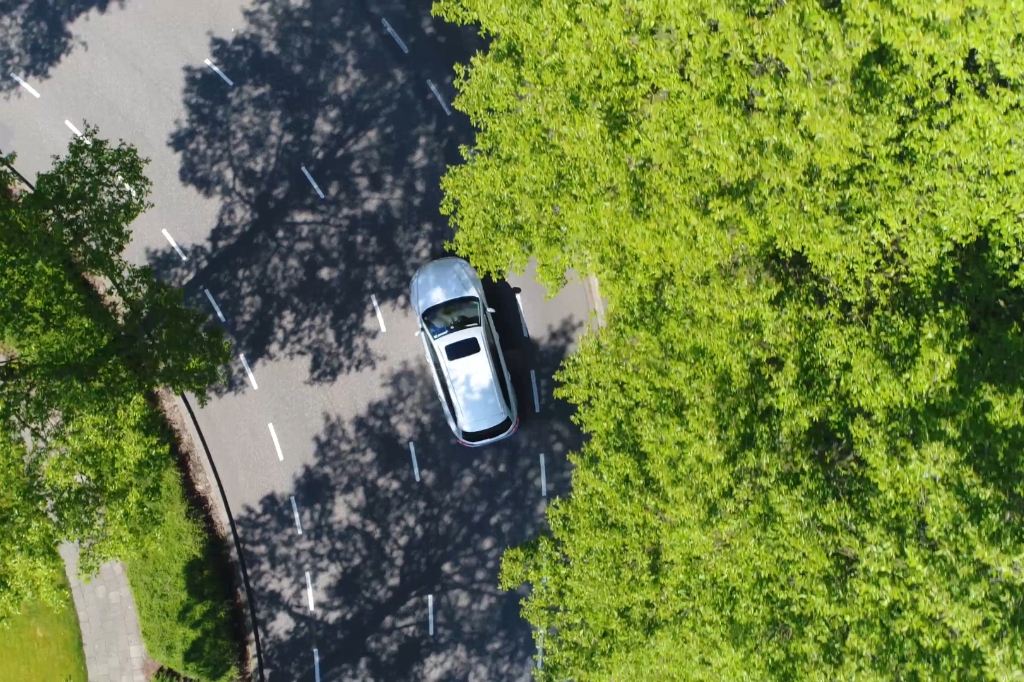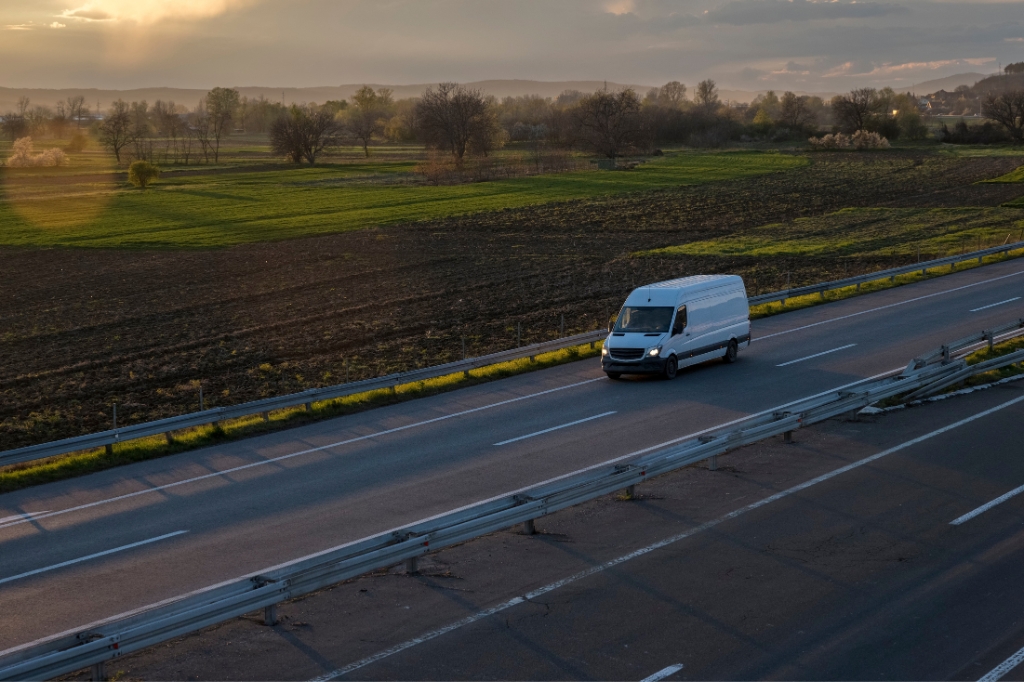
The transition to EVs has gained momentum in recent years. This has been driven by a mixture of government policies aimed at reducing carbon emissions, the ever-advancing technology of batteries and an increase in public awareness regarding climate change.
While urban areas have started to embrace the EV revolution, the question of whether EVs are viable in rural areas remains pertinent. What are the challenges and advantages of adopting EVs in the UK’s countryside, where distances are greater, infrastructure is less developed, and lifestyles differ from urban environments?
Researchers in Coventry University’s Centre for Business in Society conducted a two-year study that investigated whether EVs were good for rural areas. The work has been conducted with local government and industry on an initiative to help businesses across sectors embrace the shift to EVs in rural areas.
The key objective of the WREV trial was to assess how EVs work in rural settings and furthermore, how they can help SMEs achieve business goals. This included lowering transport costs, improving their carbon footprint, or expanding their activities.
During the course of the research, experts assessed the use of EVs along with projected cost savings, user feedback, and carbon emissions. A varied fleet of 17 vehicles, ranging from high-end BMWi3s to smaller Nissan Leafs, were used.
By the end of the study, over 200,000 miles had been completed across much of rural Warwickshire.
Key takeaways from the project showed that specific types of businesses in rural areas were more suited to running an EV than an internal combustion engine (ICE) vehicle. This was especially true of those organisations with highly routine use patterns for their vehicles.
Data showed significant cost savings for those companies that took part, with one participant saving over £3,000 in fuel costs across the trial period.
It’s also worth noting that businesses were able better to cultivate an image of sustainability and social responsibility when using EVs. According to participants, these perceptions were deployed in marketing strategies and in their positioning amongst competitors.

One of the big concerns regarding rural living with an EV is the availability of charging infrastructure. In urban settings, charging stations are becoming a common sight. You can expect to find public charge points at car parks, supermarkets, and even on-street charging options. The story is quite different in rural areas.
This can be attributed to a few reasons. A lower population density means less economic incentive for companies to install and maintain charging stations. However, to counteract this, the government has introduced schemes like the On-Street Residential Chargepoint Scheme (ORCS) to encourage the installation of chargers. Advancements in EV charging technology could also help to overcome these challenges.

Home charging in the UK is becoming more and more accessible as investment grows. Advancements in technology, affordable home chargers, and grants like the Electric Vehicle Homecharge Scheme are giving a larger number of households a chance to install charging points. This makes moving to an EV easier and gives you the convenience of charging overnight at home.
The other major challenge was the ‘range anxiety’ felt by drivers taking part in the trial. This revolves around the fear that an EV will run out of charge before reaching a destination or a charging point. With rural EV charging not being as comprehensive as its urban counterpart, this anxiety is particularly pronounced.
Many current models of cars and vans can comfortably cover 200-300 miles on a single charge, which is more than sufficient for most daily and professional journeys. Some highlights here are Renault’s Master-Tech Electric van with its 286-mile range or the Audi A6 E-Tron’s incredible 400-mile range.
As Coventry University research indicates, transitioning to an EV fleet can bring a host of business benefits. In the long term, it can reduce your running costs and boost your brand, too.
At SG Fleet, we’re dedicated to helping our customers make the move to EVs as simply and easily as possible. Our eStart Zero Emission Vehicle Transition Plan helps businesses plan and manage their budgets and vehicle requirements.
What’s more, our employee car benefit solutions give you access to a wide range of makes and models, including EVS. With no deposit and fully comprehensive insurance with business cover, moving to an EV has never been easier.
You can find out more by visiting our eStart page, or by getting in touch with us today.
- The Benefits of New EV Charging Technologies
- What Does Used EV Leasing Mean for the Automotive Sector?
- How EV Salary Sacrifice Schemes Can Power a Greener Future